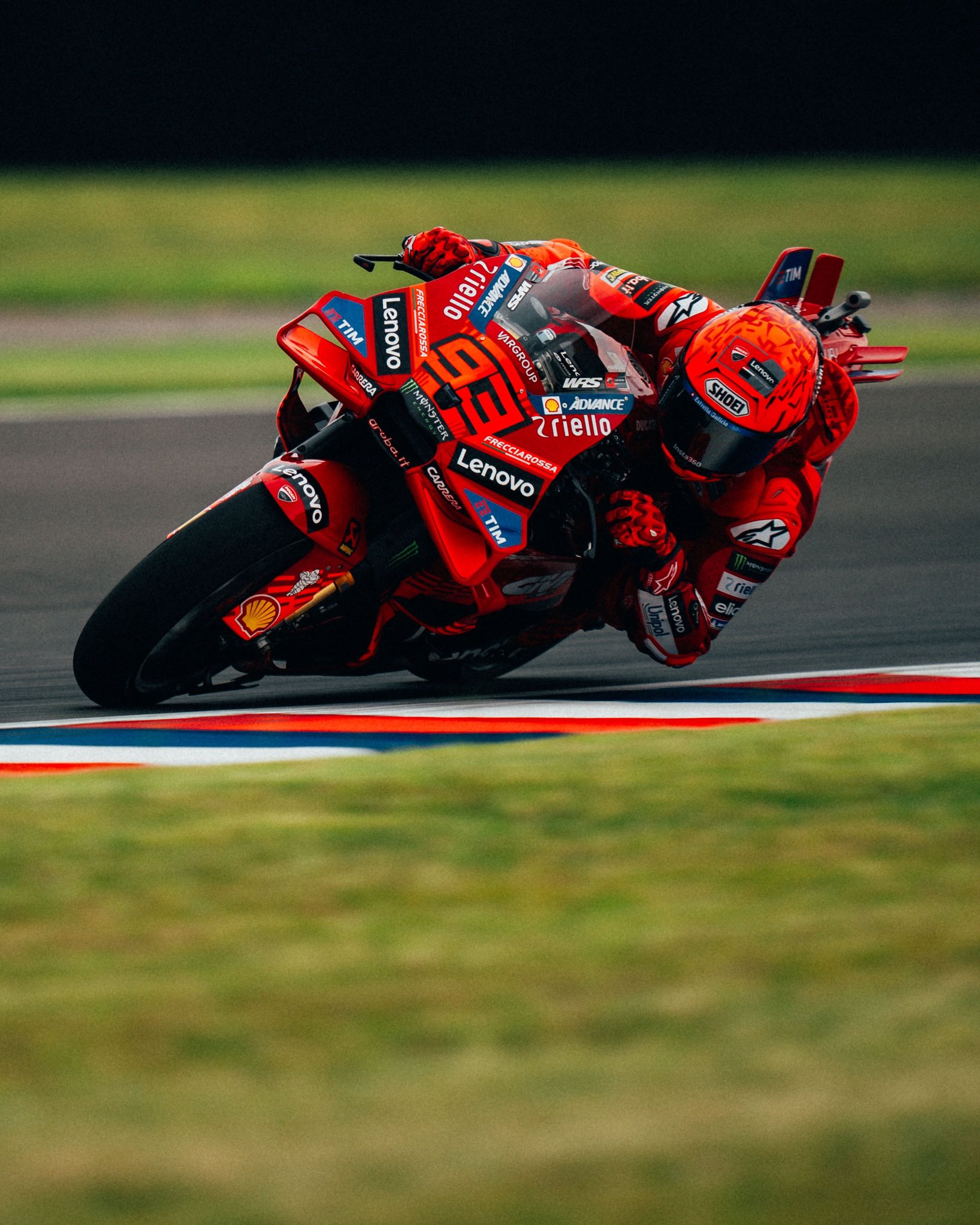Woman Spotlight Wednesday: Dorothy Levitt
- Poppy Evans

- Jun 5, 2024
- 3 min read
Written by Poppy Evans, Edited by Vyas Ponnuri
Women have played an influential role throughout the history of motor racing. Many have taken to the wheels of motorsport machines, while numerous figures have worked tirelessly on the sidelines in various roles, shaping the motor racing world to the present day. Women Spotlight Wednesday aims to take a look at the tales of these superwomen, who have surpassed various hurdles to reach where they are today.

I’m sure, and hope, that most of us know that the very first woman to compete in Formula One was Maria Teresa de Filippis and the first female to score a point, Lella Lombardi, but have you heard about Britain’s first ever female racing driver — Dorothy Levitt?
Dorothy Levitt was born in 1882, and despite living in times when women didn’t even get to vote, Levitt flourished in motorsport to become the first true pioneer for women in an industry that was then, more than ever, densely male dominated.
One of Levitt’s first achievements was setting the land speed record for women at the first Brighton speed trials in 1905, driving a Napier car at an astonishing 79.75 mph (128.34 km/h) — staggeringly quick for the early 1900s. The speed trials have run ever since, all the way up to 2023, only stopping as a consequence of the modern day’s heightening costs.
Competitors drove from the Black Rock to the Aquarium, and only a year later, Levitt broke her own record at the Blackpool speed trials, where she drove a fascinating 90.88 mph (146.25 km/h), and continued to compete at many speed trials and races all around Europe.
Adding to her endless list of achievements, Levitt is also an author of the book: The woman and The Car, which inherited many tips for women. Included in this novel was the ideology that every woman should carry a small mirror when driving, in order to see the traffic behind them.
This concept is ultimately believed to have led to the manufacturing of the essential rearview mirror that makes an appearance in every car nowadays. It has also been said that Levitt taught Queen Alexandra and the Royal Princess to drive!

Levitt’s passion for driving was accompanied with the love of hill climb events and long distance racing, which honoured Levitt with the title “The fastest girl on Earth.’ This came after Levitt covered the longest drive for a female in 1905, driving a De Dion-Bouton to Liverpool from London and completing the return journey in two days.
Not only did Levitt conquer the road, but also the air and sea. Although there is no official evidence that Levitt passed the qualification, it is suggested that she became the first woman to pilot a plane after learning in France. Moving to the sea, Levitt formed the womens’ first water speed record, driving a speedboat to 19.3 mph (31.06 km/h).
The positive impact Dorothy Levitt has had on females in motorsport competing today is evident, as she delivers lectures to encourage women to take up driving. Levitt also frequently wrote articles for the weekly ‘The Graphic’ newspaper.

Overcoming sexism in times when it was predominant most, contending with stereotypes when it truly mattered and helping to shape the future for women, Dorothy Levitt was an extraordinary advocate for women.
Not only did Levitt prove women are capable, but also taught and educated them about her experiences, advised them, and made an everlasting effect on women's representation in motorsport.
‘Never allow yourself to get flurried in the face of danger and remember that your coolness may save the situation.’












Comments